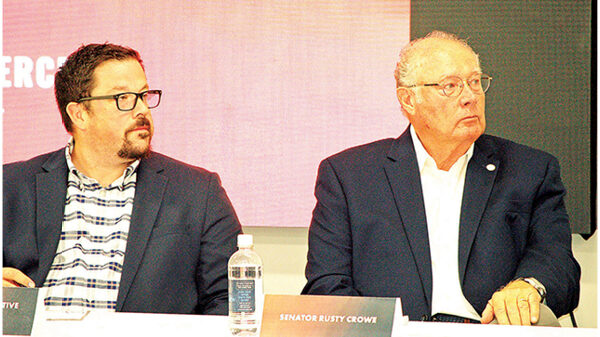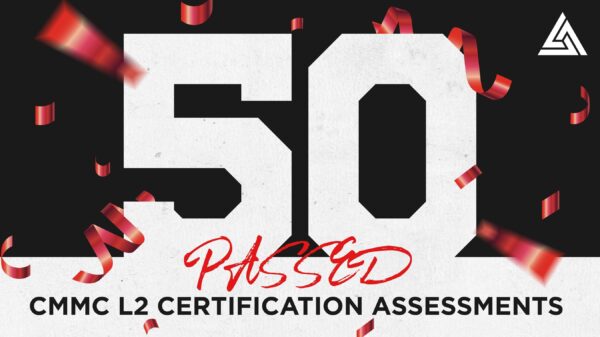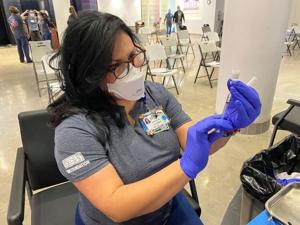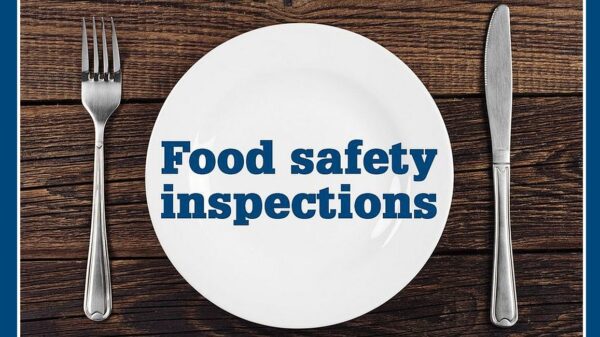A mother is grappling with the complexities of disclosing her newborn’s medical condition while striving to maintain family privacy. After welcoming her daughter, known as “Izzy,” earlier this year, the family faced a significant challenge when Izzy was diagnosed with a rare genetic condition that is typically incurable and can lead to serious health issues in childhood.
Initially, the pregnancy was uneventful, and the family had high hopes for Izzy’s health. However, just days after returning home, the baby’s concerning symptoms prompted the parents to consult medical professionals. They have since learned more about the condition, which has serious implications for Izzy’s future.
Despite their willingness to share information with close family and friends, the parents are hesitant about discussing Izzy’s health with strangers. The situation became more complicated when a concerned bystander remarked on Izzy’s physical appearance, leading to an unfounded report to child protective services. Although the agency did not pursue the matter further, the experience left the parents anxious about how to handle similar encounters in public.
In addressing the issue, advice columnist Annie Lane emphasized the importance of respecting the family’s privacy. She suggested that the mother develop a simple yet effective response for inquiries from strangers. A recommended reply could be: “She has a rare condition, but she’s doing well. She’s getting excellent medical care and is so loved.” This approach allows the family to maintain their boundaries while reassuring others without going into unnecessary detail.
The emotional toll of this situation is significant for the family, as they navigate both the challenges of Izzy’s medical condition and the societal pressures surrounding child-rearing. The mother expressed her concern about not wanting to lie while also feeling the need to protect her child’s privacy. The advice provided aims to empower parents in similar situations to prioritize their family’s well-being over the curiosity of outsiders.
In a separate letter, another reader expressed frustration regarding a relationship where she feels a disconnect with her partner. At 36 years old, she desires marriage and children, while her boyfriend, aged 32, prefers to take a more gradual approach. The woman highlighted the influence of his mother as a primary support system, which complicates her desire to be involved in his life.
In her response, Lane noted that the couple’s differing timelines signify a compatibility issue rather than a communication breakdown. She encouraged the woman to reflect on whether she is willing to wait for her partner to align with her aspirations or if it might be more beneficial to seek a relationship with someone who shares her goals.
The letters to Annie Lane reveal the challenges many families face in navigating personal and societal expectations. They underscore the delicate balance between maintaining privacy while addressing public curiosity and the importance of compatibility in romantic relationships. As families continue to encounter these complexities, open communication and mutual understanding remain critical for emotional well-being.

































































